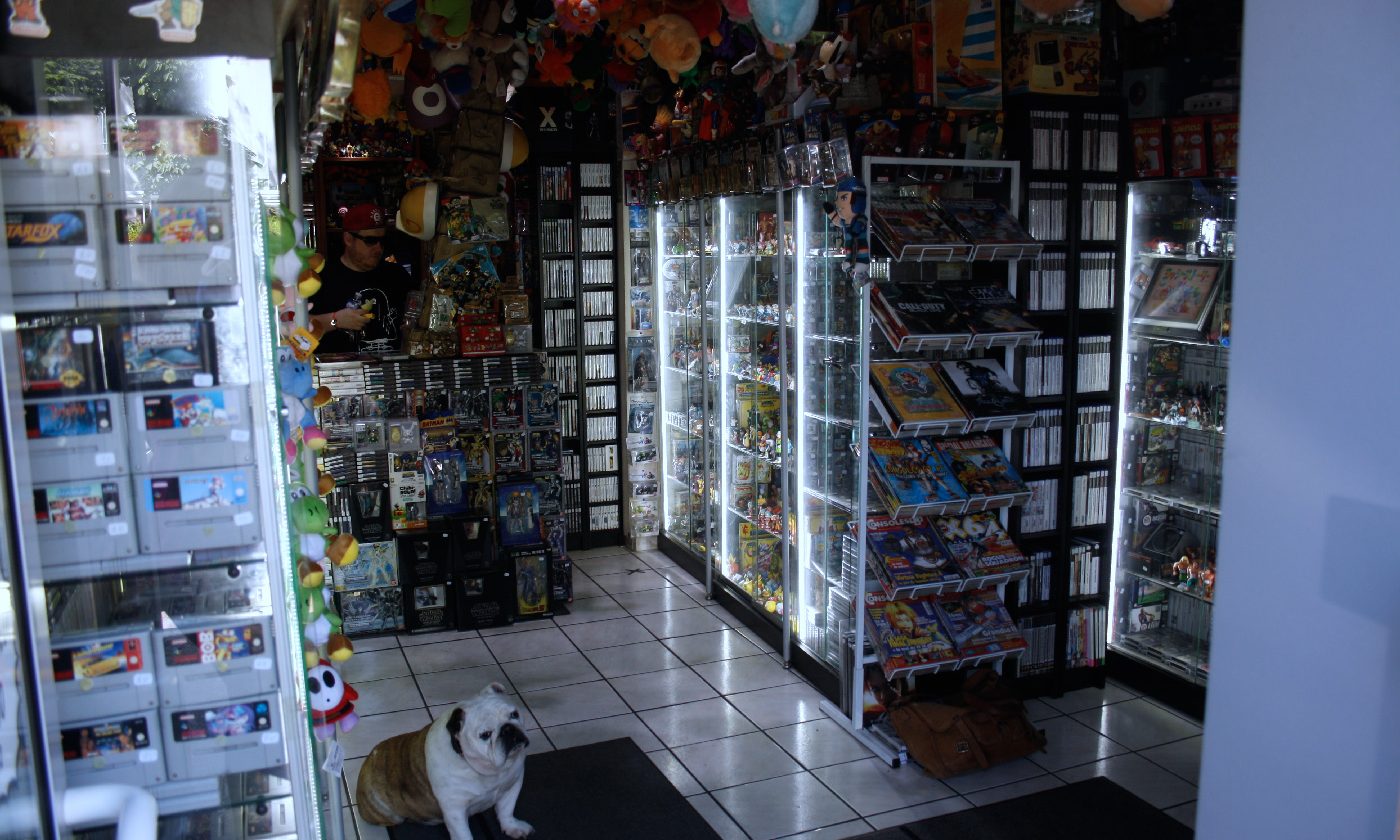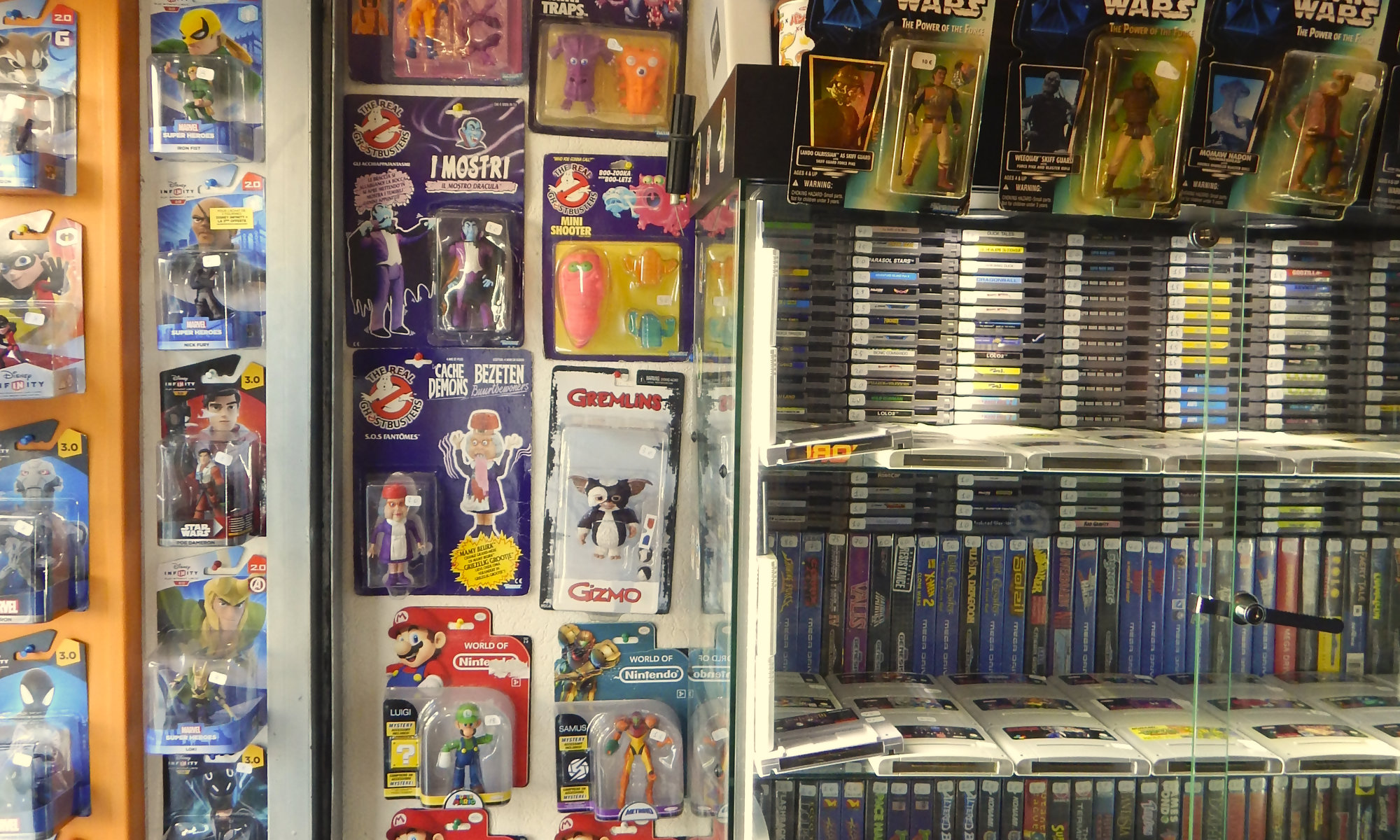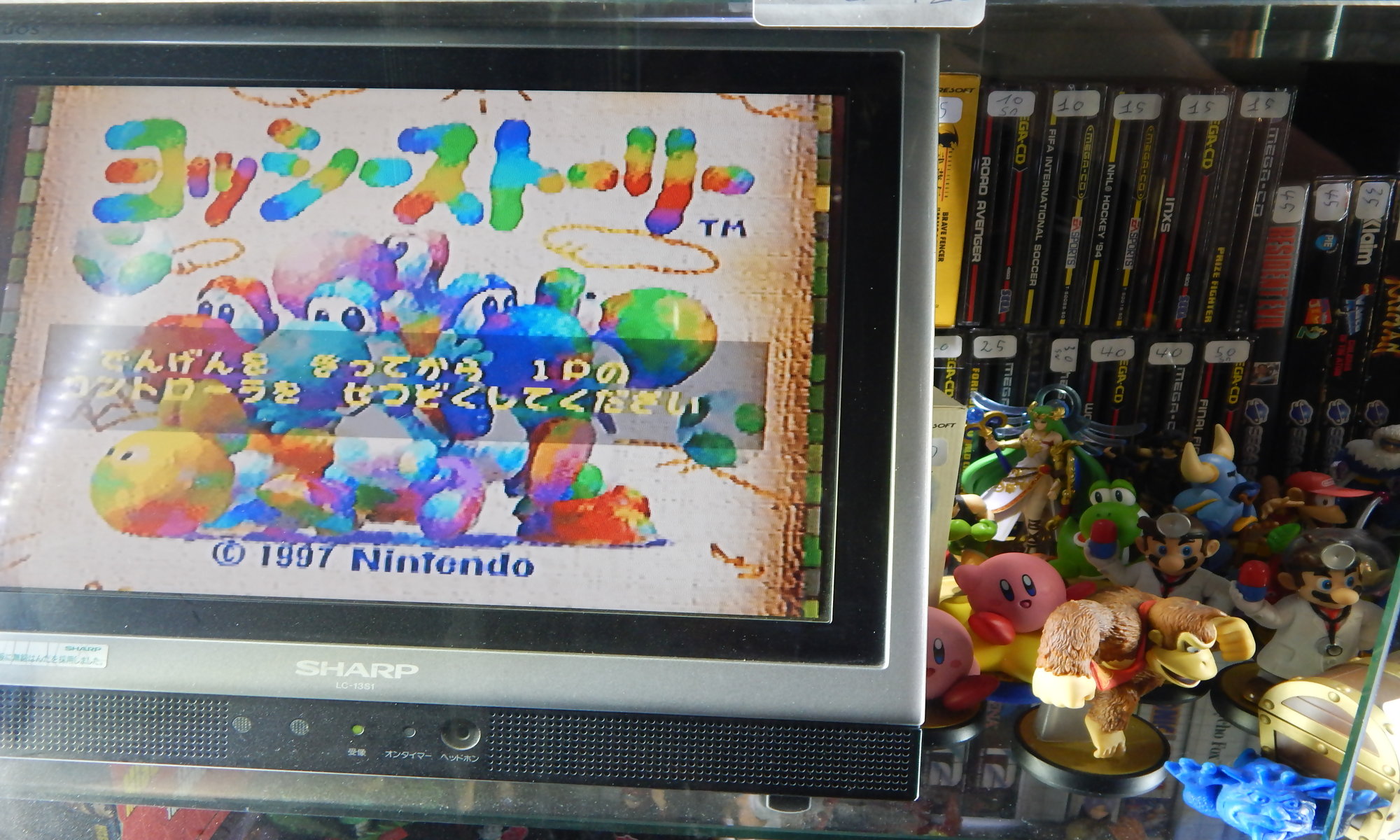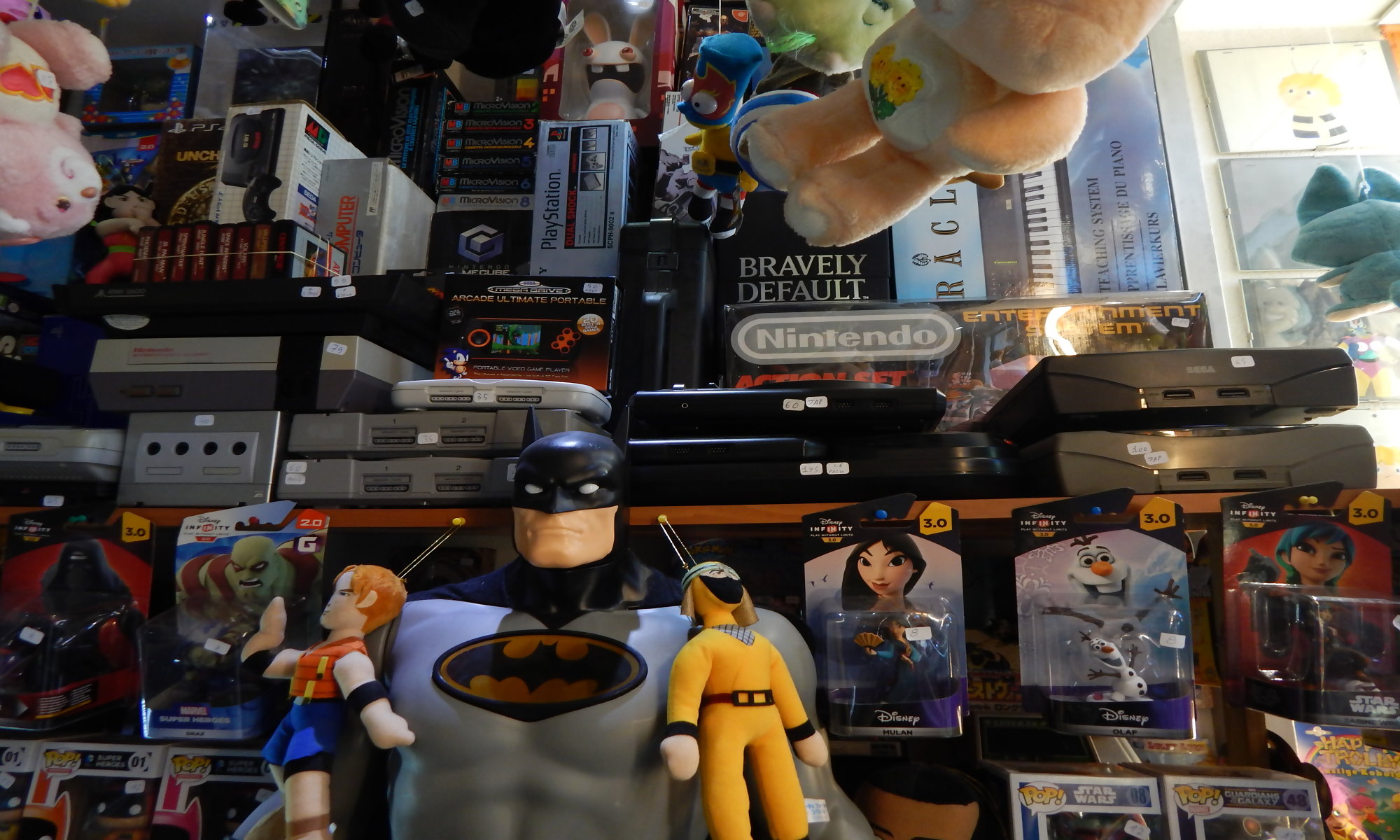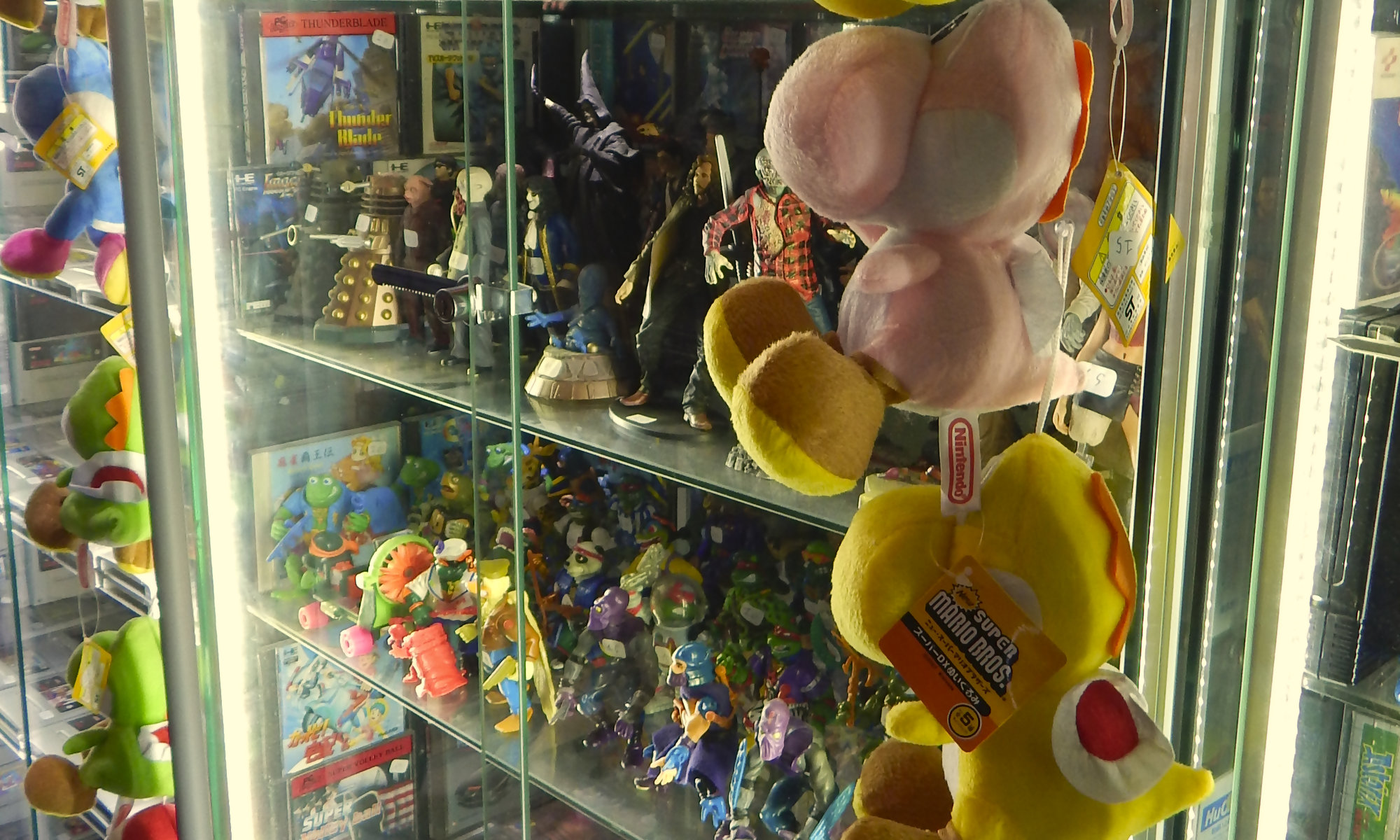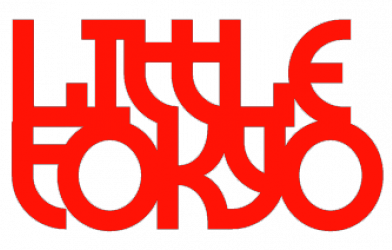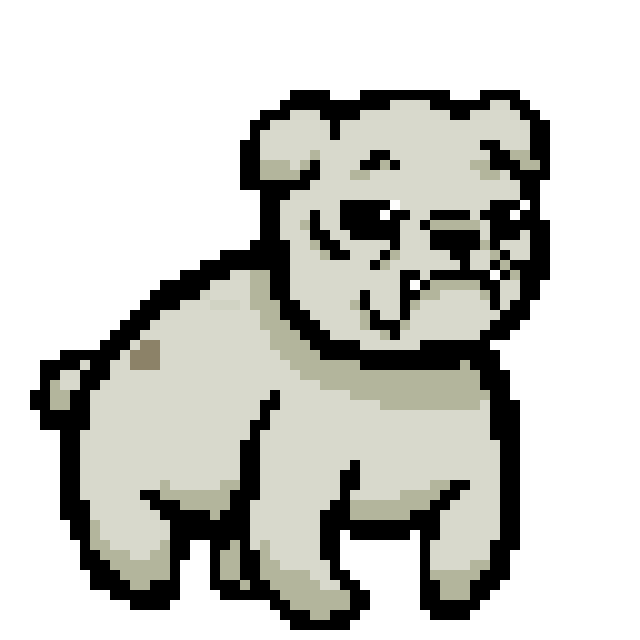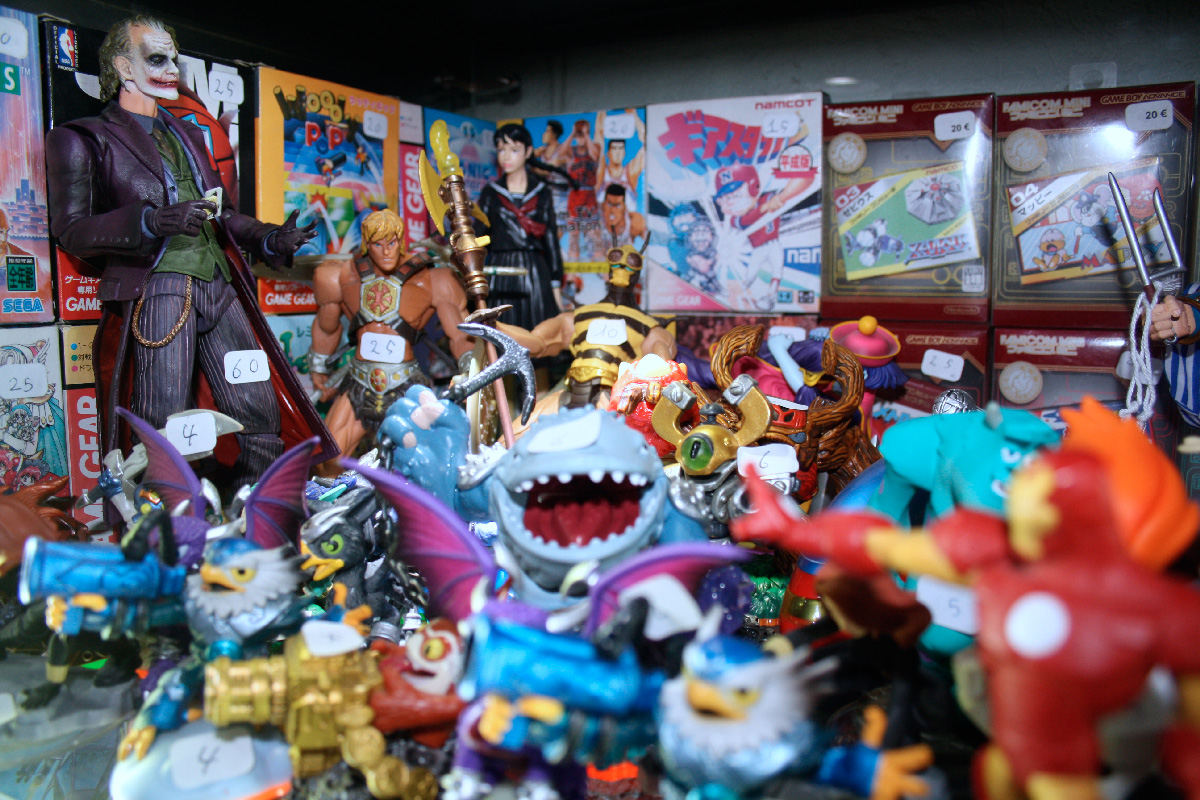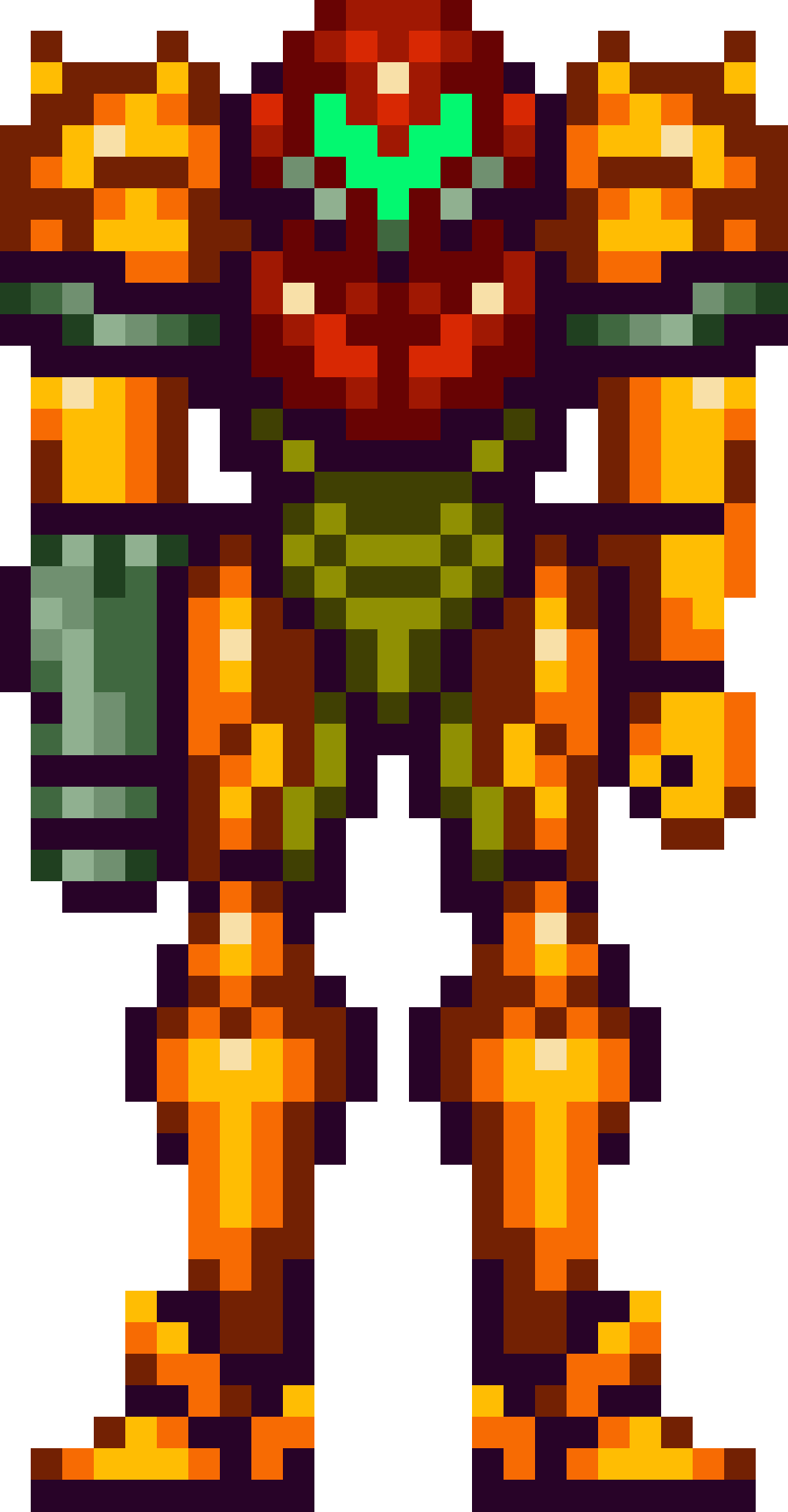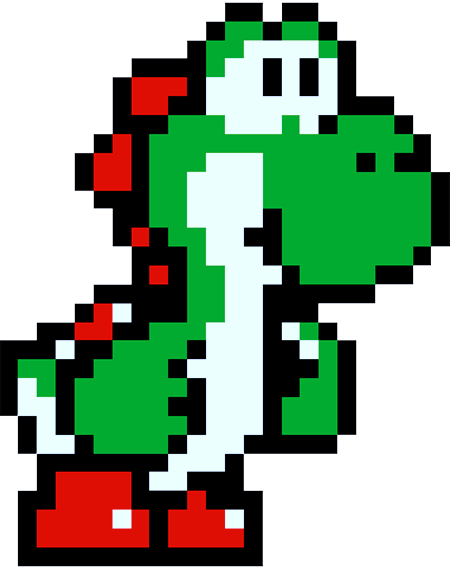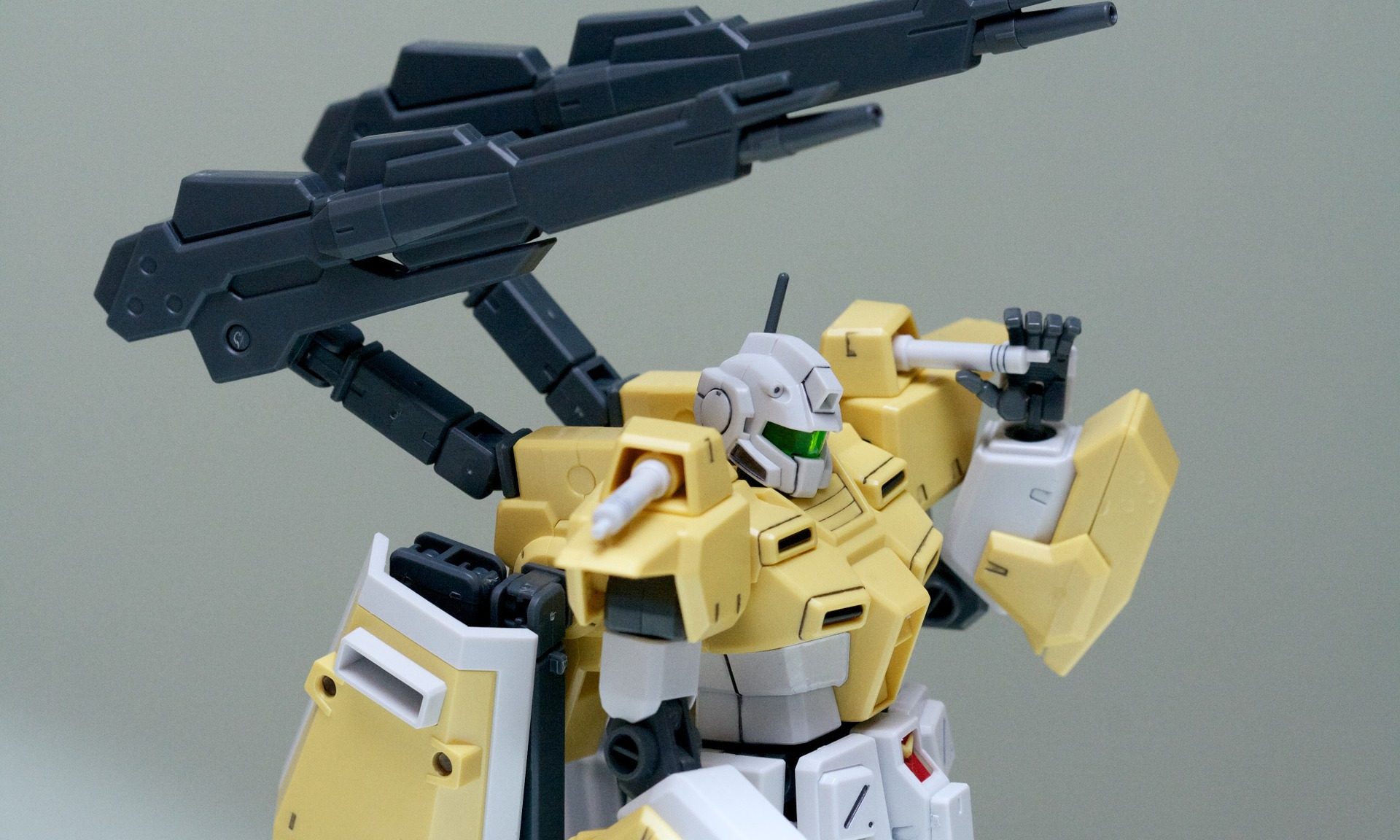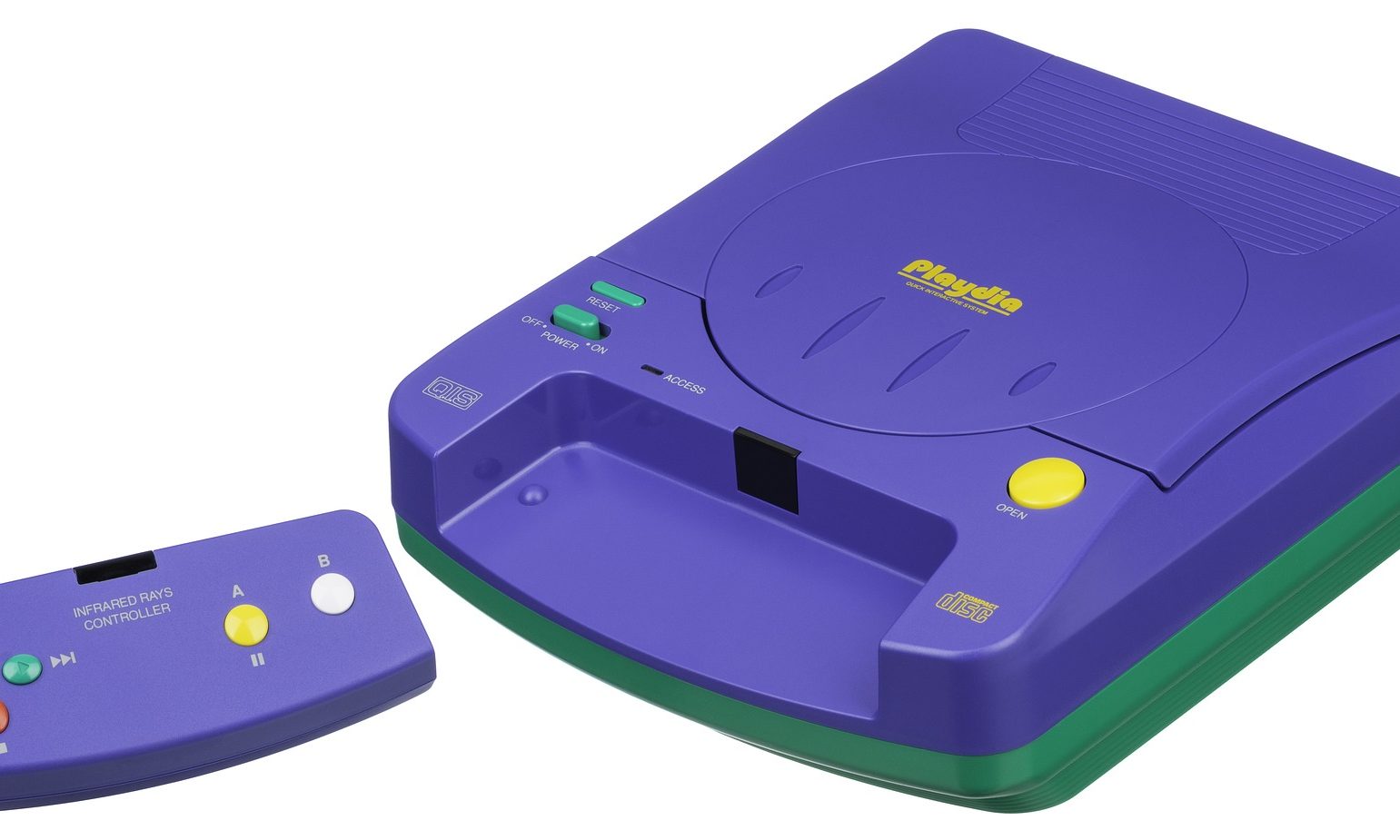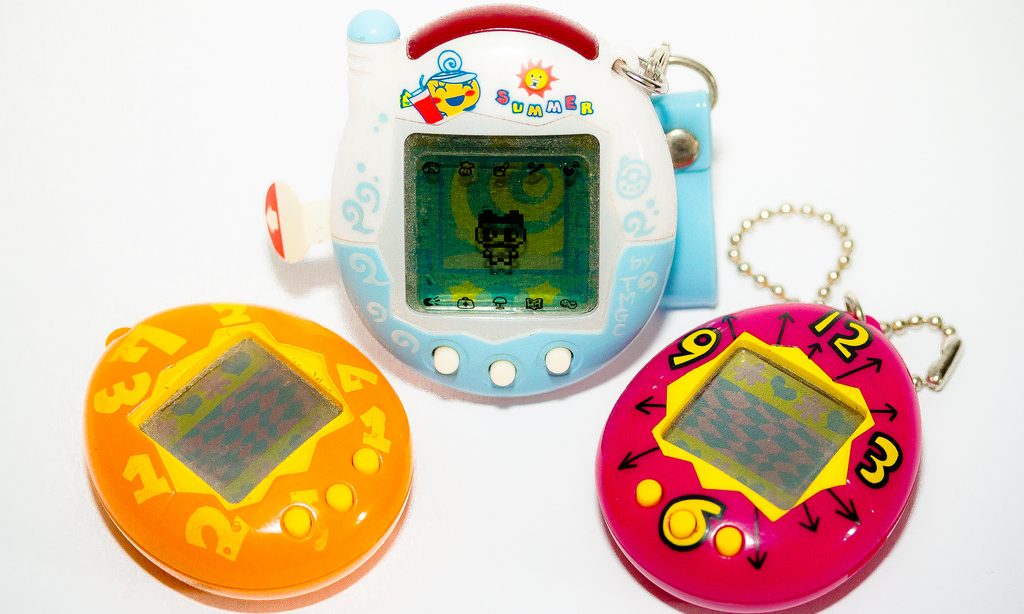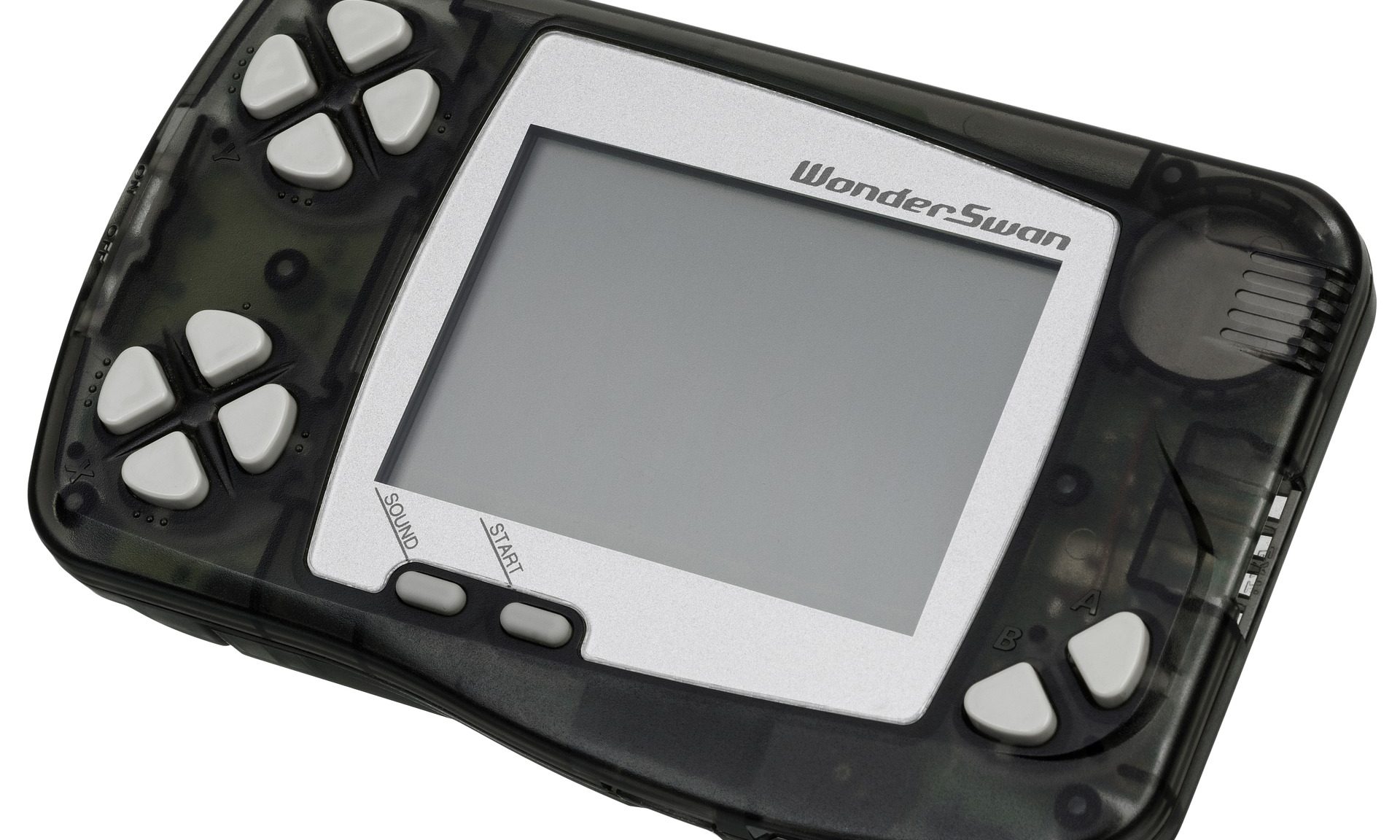History of retrogaming : Bandai
Never heard of Bandai? If you know Saint Seiya, Digimon, Godzilla or the Power Rangers, I can assure you that you’ve heard of Bandai, the firm that has placed most of your toys in your hands!
A flagship toy company!
Born in Japan in 1950, the Bandai Company is a family business that decided to do business into the toy sector. It is Naoharu Yamashira who runs the company and made it grow by selling cheap toys in Japan but also to their main ally in this post-war world: the United States.
The success of the brand is gigantic, the company creates numerous subsidiaries that allow it to develop ever more: transport, manufacturing plants, etc.
Bandai: an innovative company
The main strength of Bandai has always been innovation. First brand to offer guaranteed toys, a quick launch in TV marketing, metal toys transformed into plastic toys! Or with the launch of Gashapon, these small dispensers of capsules containing toys, that you have all known! Bandai is innovative but also focuses on sound partnerships: Walt Disney in 1987, Saint Seiya , Power Rangers and Sailor Moon in 1990.
It is also during these years that Bandai opens up to a new horizon: the video games market.
The arrival of Bandai on the videogame market
Bandai launched its first video game in 1985, Tag Team Match : Muscle, a NES game that sold more than one million copies. (without counting the number of plastic figures of the characters of Muscleman!).
But Bandai wants to create its own home console, to respond in particular to the abrupt stop by Nintendo of a contract that bound the two marks for the manufacture of games.
So, it is in 1994 that the Playdia is released in Japan, a 32-bits console easy to use because destined primarily for children. Nevertheless, its success will not be tremendous and the Playdia is Bandai’s only home console.
But this failure doesn’t undermine the power of Bandai, which releases in 1996 THE electronic toy that will revolutionize a generation: the Tamagotchi. A global success: admit it you had one!
The electronic history of Bandai continues with the release in 2000 of the Wonderswan, the first portable Bandai console.
Bandai Namco, a successful association
In 2005, Bandai merged with Namco, a company that had been involved in the video games market since the mid-1970s.
This fusion is prolific and allows the company to diversify in the articulated figures range but also in video games, always with the asset of big licenses like One Piece or Naruto.
Even today, it is thanks to Bandai Namco Games that you can play games such as the Dragon Ball Xenoverse or the Tekken series.

